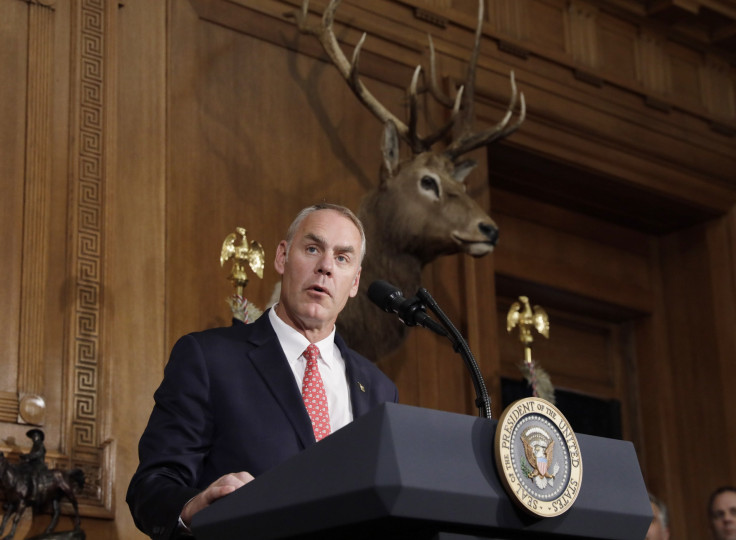Under Trump Administration, Environmental Prosecutions Headed Toward 20-Year Low

Federal prosecutors are on pace to prosecute fewer environmental crimes this year than at any time in the last two decades, an analysis of environmental charges for fiscal year 2017 indicates. If this year's current trends hold, there will be just 304 environmental prosecutions, down from more than 600 in 2012 and more than 900 in 2007.
The analysis, released Monday by Syracuse University's Transactional Records Access Clearinghouse, found federal environmental prosecutions in the first year of Donald Trump’s presidency are on pace to be lowest since the clearinghouse began monitoring environmental prosecutions in 1997. Environmental prosecutions include pollution, wildlife and animal welfare crimes, among others.
Read: What Are Methane Emissions? Congress Upholds Obama Environmental Rule On Greenhouse Gas
This year is part of a slow downward trend, with prosecutions dipping to less than 400 in 2014 for the first time since 1997. The two years with the most prosecutions both occurred during the George W. Bush administration: U.S. attorneys prosecuted more than 900 cases in 2001 and 2007.
Federal Environmental Prosecutions Fall to Record Low https://t.co/rR0Pbfk5Cv pic.twitter.com/tGE11dtubC
— TRAC Reports (@TRACReports) May 22, 2017
Nearly 58 percent of the 152 prosecutions tallied in the first half of 2017 were related to violations of federal wildlife protections, the clearinghouse said. Illegally taken fish and wildlife was the most prosecuted charge, followed by animal fighting charges. Most of the charges filed by U.S. attorneys were against individuals: Only 14 of the 152 prosecutions were against businesses, and those were primarily for water and air pollution violations.
Criminal charges against businesses for environmental crimes are exceedingly rare. Less than 0.5 percent of corporate environmental violations result in criminal investigations, a 2014 analysis by the Center On Media, Crime and Justice at John Jay College indicated. For example, the Department of Justice said it has concluded criminal cases against nearly 1,100 individuals, but only 400 corporate defendants from 1998 to 2014.

While the DOJ’s Environmental Crimes Section has a team of more than 40 prosecutors, nearly half of all environmental cases in 2017 were referred to federal prosecutors by the Department of the Interior, which is the government agency responsible for national parks and federal lands. A little more than 20 percent of prosecutions came from investigations conducted by the Environmental Protection Agency. But those two agencies could soon be referring fewer cases to prosecutors due to budget cuts.
The Trump administration will release its first major budget proposal on Tuesday, but a previous budget blueprint suggested Interior Department funding would be slashed by 12 percent under Trump. The EPA could experience a 30 percent reduction in funding under the new budget.
The clearinghouse found the highest rate of environmental prosecutions happened in two judicial districts thousands of miles apart: Alaska and Shreveport, Louisiana. Both had rates of environmental prosecutions 20 times higher than the national average. Alaska’s prosecutions were driven by violations related to fishing and hunting, including crimes against protected marine mammals and illegally taking fish and wildlife. The high rate of prosecutions in Shreveport was a result of violations related to many nearby wildlife refuges and management areas.
© Copyright IBTimes 2025. All rights reserved.






















